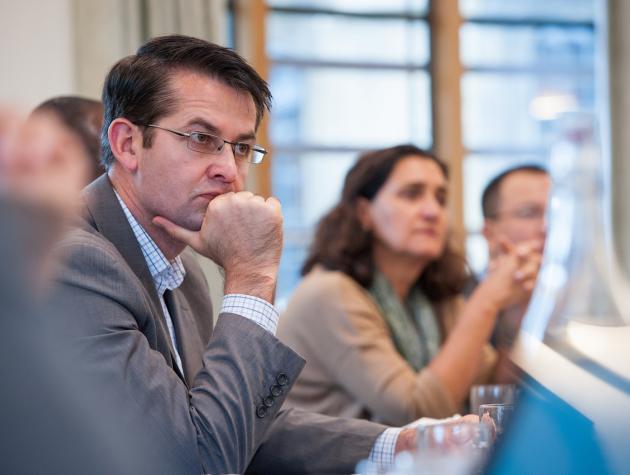GEG Research Associate Nilima Gulrajani frames discussion on the the future of aid
GEG Senior Research Associate Dr Nilima Gulrajani, in collaboration with the Overseas Development Institute, has co-authored a paper to analyse the strategic aims and reform trajectories of aid agencies within the post-2015 aid landscape.
The framing paper, entitled Designing the development agency of the future, was co-authored by Mikaela Gavas, Team Leader at ODI; Tom Hart, ODI Research Officer; and Dr Nilima Gulrajani, and was published for a conference to inaugurate the ODI’s new programme on the Future of Development Agencies. The conference brought together heads of development ministries and agencies, strategists, and leading thinkers to consider the future of bilateral foreign aid agencies.
Accepting the need to look ‘beyond aid’, the paper nonetheless argues that overseas development assistance will continue to have a role in protracted humanitarian emergencies and fragile poorly governed states, while technical advice and policy knowledge will remain relevant in middle-income countries. It outlines a number of design features and organizational arrangements that can inform agencies’ adaptive strategies and management processes and cultivate new behaviours and ways of working.
The two-day programme was chaired by ODI Senior Research Associate Simon Maxell and featured presentations from professionals at ten aid agencies as well as researchers based at the Centre for Global Development, ODI, Brookings, and a number of academic institutions.
Dr Gulrajani presented a session on the challenge of implementing organizational reforms within aid agencies, arguing there is a need for domestic public management reforms that embrace transnationalism at their core to strengthen donor effectiveness. More than ever, aid agencies need mechanisms to work across sectoral, territorial and institutional divides; engage and ensure accountability to geographically dispersed citizens; work collaboratively to achieve common causes and apportion risks and responsibilities; and create opportunities for meaningful professional direction and value creation.






